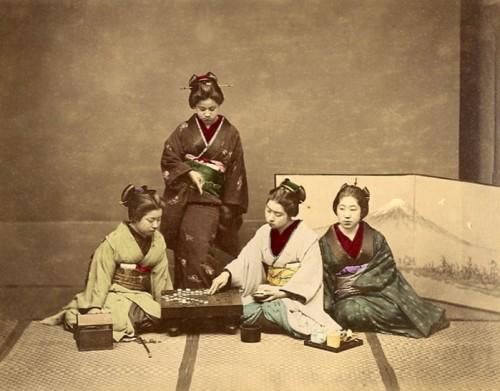
By the title you may be expecting me to write about the patriarchy in history. You’re right to a degree. After all, the patriarchy has hurt women, but it has also hurt men too. What we have of history comes from those who worked within and often benefited from historically male-dominated power systems. However, little is said of the men who suffered from the supposed-male benefiting power system. Consider all the men whose lives were considered not as important as women’s: men died at high rates to disease and violence and work-related injuries. True history, the lives of the masses, remains silent. Historians and archeaologists can build conjectures from evidence, but they don’t know what life was like at the base-level of society or, despite the surviving documents, even the highest levels of society.
At the higher levels of society, the voice of women remains mostly silent. This is true of Japan’s history, but we do have a few voices from Japan: Murasaki, Sei Shonagon, and Lady Nijo. Their diaries and stories passed down to us because they spoke to people. Even among the literate of Japan, we lack other diaries. This isn’t because other women weren’t literate, however. By Murasaki and Sei Shonagon’s accounts, the majority of the educated nobles kept diaries. These diaries, however, weren’t passed down to others. Some snippets of poetry have survived from other women, but again, there’s largely silence.
Why didn’t other writings survive from the Heian period, considering how much people wrote? Murasaki herself commented on how dreary, mundane, and formulaic other writers of her time were. Consider our own period. While we have an enormous amount of books published each year, how many become bestsellers? Of these, how many have any sort of longevity? Consider too how many millions of people keep journals. I have about over a dozen journals I’ve filled over the years. How many journals are worth keeping for history? Of mine: none. Maybe a few of my philosophy musings may have glimmers of something worth keeping, but most journals fill with personal mundanity. Of course, with more people able to write now, we will naturally have more publishable writings than the Heian period, but against the backdrop of time, just how many of these will survive?
The silence of Japanese women in history is, at least in part, just a product of human nature. Of those who wrote, few were deemed interesting and relevant enough to survive the passage of time. If you’ve read the writings of Murasaki, Sei Shonagon, and Lady Nijo, they have a modernity to them (helped by the translators, of course)–which speaks of the timelessness of what the difficulties they confront and how they wrote about those difficulties. The disappearance of other female writers had much to do with how we journal: personally and embedded in the milieu. Consider this: we don’t have any journals from this period written by men, and far more men wrote than women at this time (or at least that’s the historical conjecture, we don’t know this for certain). Consider the Roman period. How many writings survive against the number of literate people across the republic’s/empire’s history?
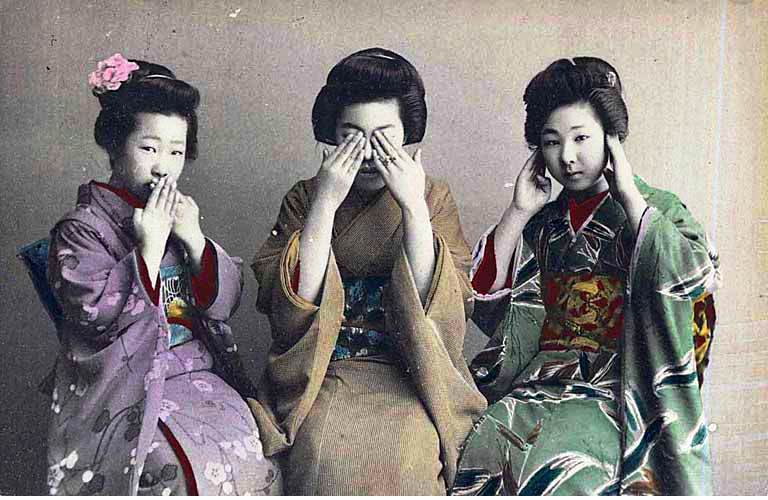
Of course, if more people could’ve written down their stories and experiences across Japan’s history, we would have more works pass to us. Perhaps not too many more. Consider how much literature was produced during the Victorian period, a scant 120-220 years ago. How many works survived even that passage of time? What about all those newspaper story writers? Sure, you can dig into archives and find newspapers from that period, but how long before those obscure archives too become lost? Murasaki lived over 1,000 years ago. In 1,000 years I surmise Charles Dickens and the Bronte sisters’ work will still be around, but all those other, more obscure authors? Forgotten. What of those diaries of the Victorian common people? Gone too.
To be clear, I’m not saying Japanese women in history weren’t subjected to male control. They were, as were lower-class men. However, the silence of history results from the passage of time more than anything else. Only the best writings survive the passage of time but only as long as people continue to find them relevant and interesting. The fact we have so many works (there are many more beyond Murasaki, Shonagon, and Nijo) from Japanese women suggests just how much high-quality writing Japanese women produced during the Heian period. Quantity ensures at least something would survive.
The education of higher-class women continued throughout Japanese history, increasing and decreasing across different decades alongside the education of men. We have letters from Hideyoshi that shows how equal and valuable wives were, and the matter-of-factness of these communications suggests that, although silent in the historical record, women could wield authority. Granted, it was the authority of her husband, but Hideyoshi often deferred to his wife’s decisions. While this is conjecture on my part, the letters suggest this wasn’t unusual. So it is likely women had similar standing in the lower classes.
Japanese women, like low-class men, remain silent outside of folktales and snippets of information historians can piece together. Early in Japan’s history, during the Jomon period, there’s evidence for matriarchy. Elements of this would’ve continued, especially among the lowest classes. The Delaware Native Americans, for instance, had a male-dominated power structure, but women controlled the land and its produce and passed land to their daughters for as long as they maintained that land. Hideyoshi’s letters to his wife suggest matriarchal elements remained embedded in Japan’s history through at least the Tokugawa period. But since these were treated as a matter-of-fact, there’s a gap in the historical record.
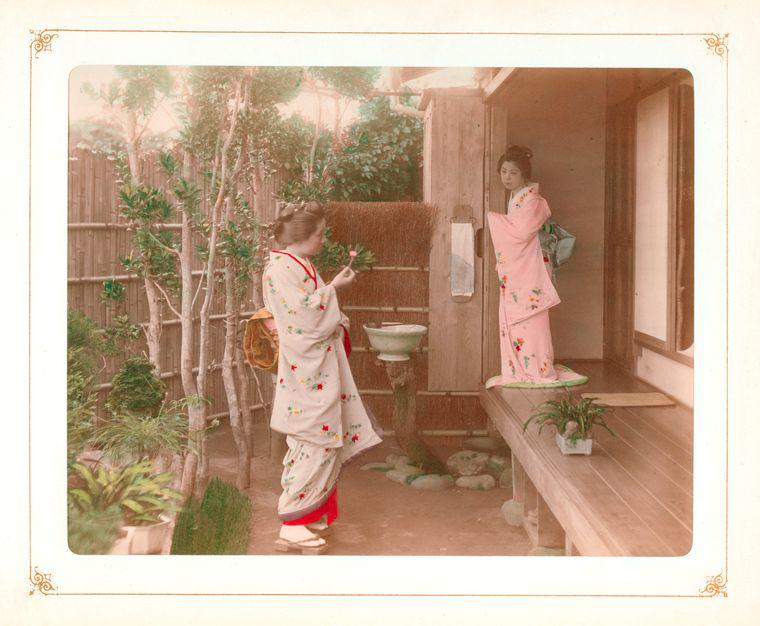
A truer admission to the general silence of Japanese women in history would be: we don’t know. We can’t point to the patriarchy for a clean answer. Although the patriarchy would help explain why the writings of educated but poorer men also fails to survive in quantity. Most of the silence we have in history results from the simple passage of time. Time wears away the trite, dull, and limited, leaving behind only the ideas that remain timeless. If anything, the amount of female Japanese writers who survived this process points to how important their works were. When we dive into history, we forget that people loved each other and supported each other. There are many, many Japanese folktales of fathers doing everything they could to ensure their daughters’ happiness, even to the point of allowing her to become a tree or a nun. Blaming the patriarchy is too easy; it reduces the variables of human experience and of time’s passage into a single point to blame. Yes, it remains among the variables; however, it’s better to say: we don’t know for sure.
The silence of Japanese women in history says we need to remember our present will become forgotten history eventually as well. The voices of the majority will disappear, and this includes the voices of the powerful too. The voices of Murasaki, Sei Shonagon, and Lady Nijo remain while the voices of most of the emperors went silent. The silence of Japanese women reminds us not to fill the void with too much conjecture or easy answers.
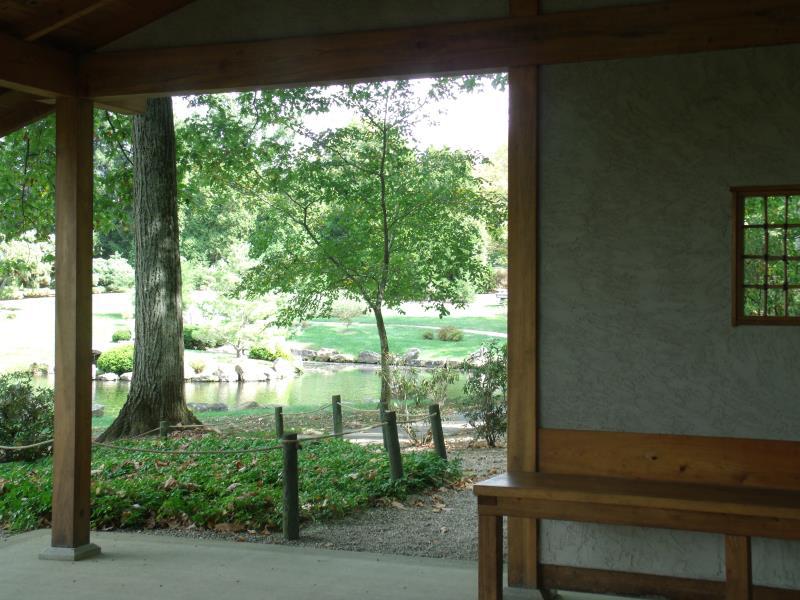
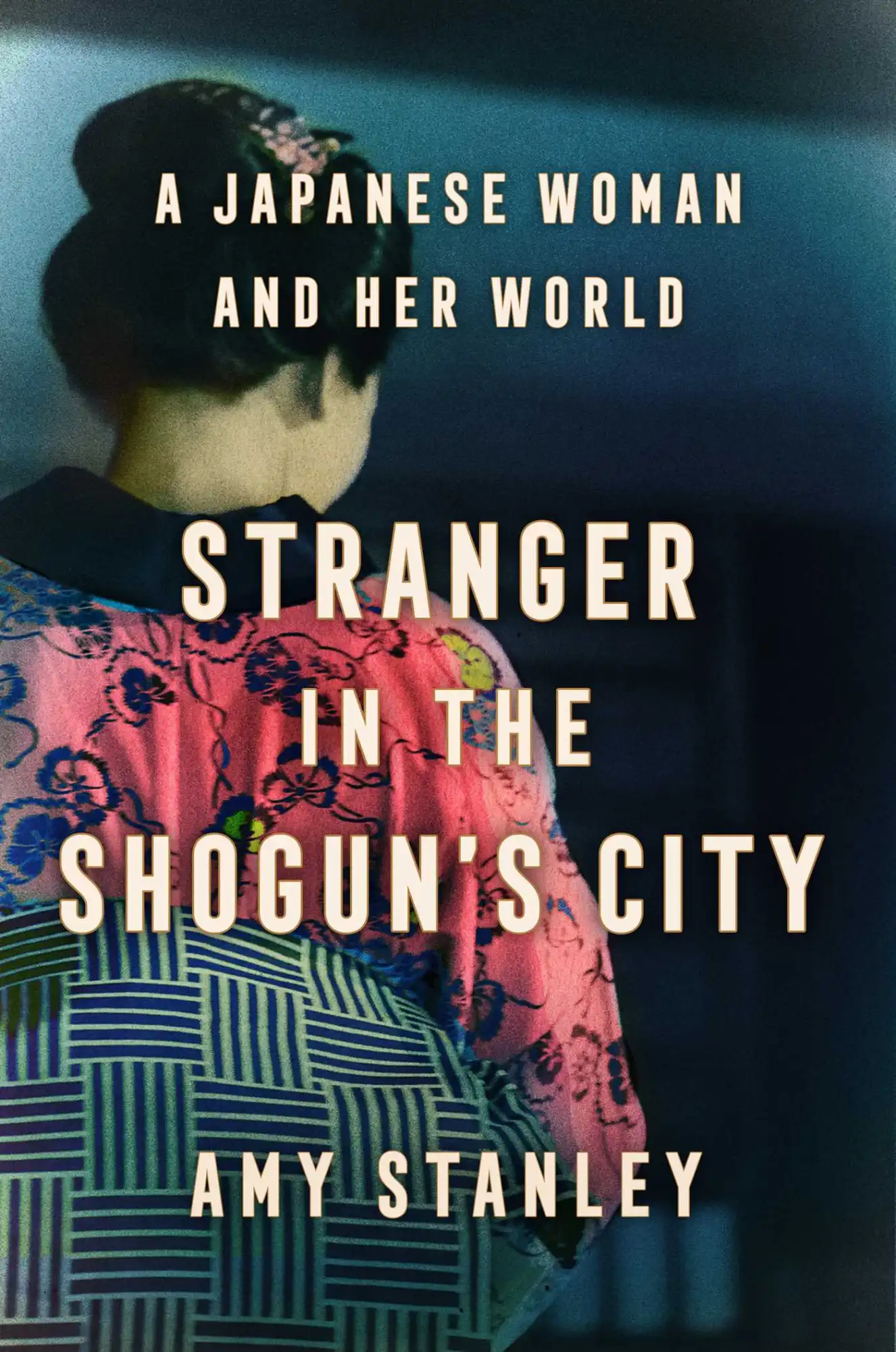


Well written… and well said.
Thank you!